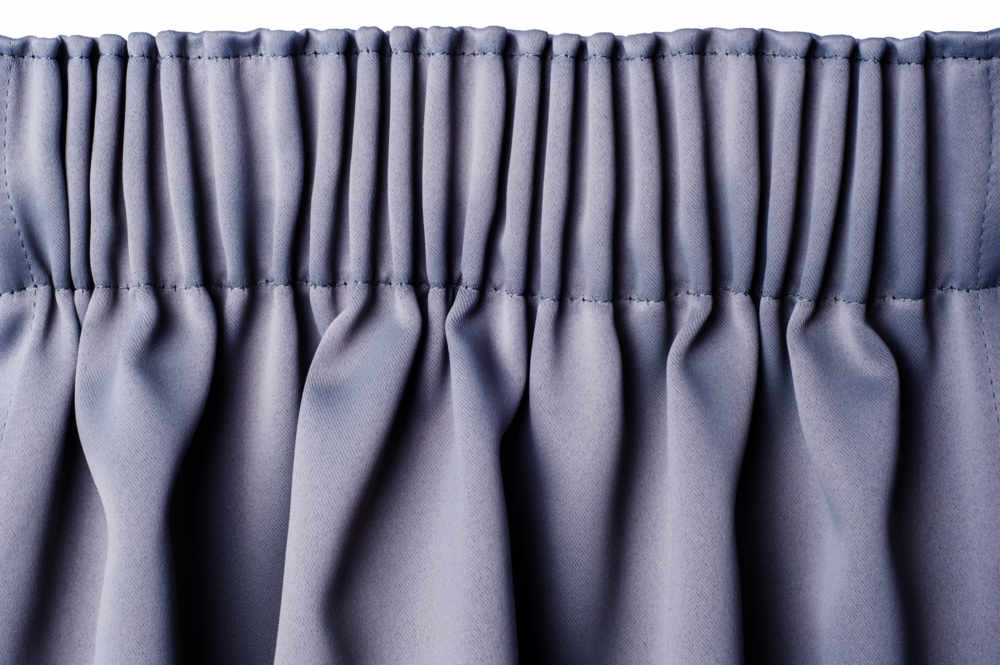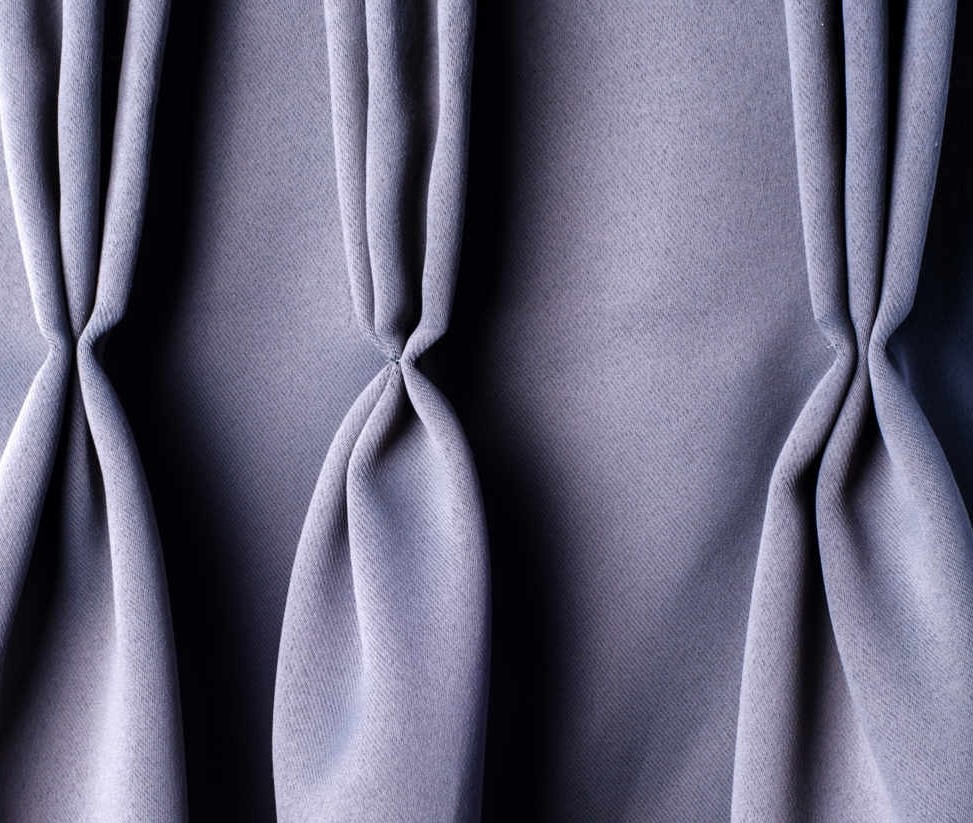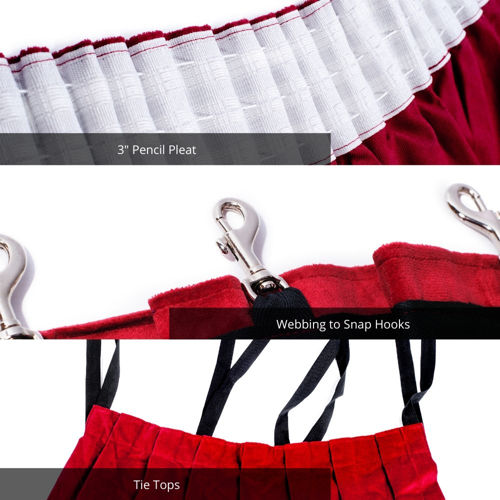The Ultimate Guide to Curtain Stacking and Pole Lengths
Choosing the right pole or track length for your curtains is essential to ensure they stack perfectly, providing an unobstructed view and allowing natural light into your room. In this guide, we will walk you through the process of calculating the ideal curtain pole or track length based on different curtain heading styles, how many fabric widths you need for proper fullness, and how much space you should leave for stacking.
Whether you're working with pencil pleat, eyelet, triple pinch pleat, or the popular wave heading, this guide will provide all the information you need.
What Is Curtain Stack Back?
Curtain stack back refers to the amount of space your curtains take up when they are fully opened and stacked to one or both sides of the window. The stack back is determined by several factors:
- The heading style of your curtain
- The number of fabric widths used
- The fullness of the curtain (how much fabric is used in proportion to the window width)
By ensuring the right stack back, you can keep your window area free when the curtains are open.
Different Curtain Heading Styles and Their Stack Back
Pencil Pleat Curtains

Pencil pleat curtains require more space when stacked. For every 1 width of fabric, the stack back is approximately 25 cm.
Example: If you’re using 2 widths of fabric, the stack back would be 50 cm (25 cm × 2).
44mm Eyelet Curtains

Eyelet curtains stack compactly. For every 1 width of fabric, the stack back is about 15 cm.
Example: Using 2 widths of fabric, the stack back would be 30 cm (15 cm × 2).
Triple Pinch Pleat Curtains

Triple pinch pleats require more space. For every 1 width of fabric, the stack back is around 35 cm.
Example: If you have 2 widths of fabric, the stack back would be 70 cm (35 cm × 2).
Wave Heading Curtains

Wave curtains have a consistent stack of 20 cm per metre of window width. They offer a minimalistic look.
Example: For a 100 cm window, the stack back would be 20 cm.
Curtain Fullness: What It Is and Why It Matters

Curtain fullness refers to how much fabric is used relative to the width of the window. Curtains with more fullness will appear more luxurious but will also take up more stacking space.
Fullness Guide
- 1.5x Fullness: Standard fullness, requires less fabric and stack space.
- 2x Fullness: Most common option for a fuller, more gathered look.
- 2.5x Fullness: Very full, luxurious, but takes up a lot of stacking space.
Tip: For headings like pencil pleat and pinch pleat, aim for 2x fullness for the best drape.





